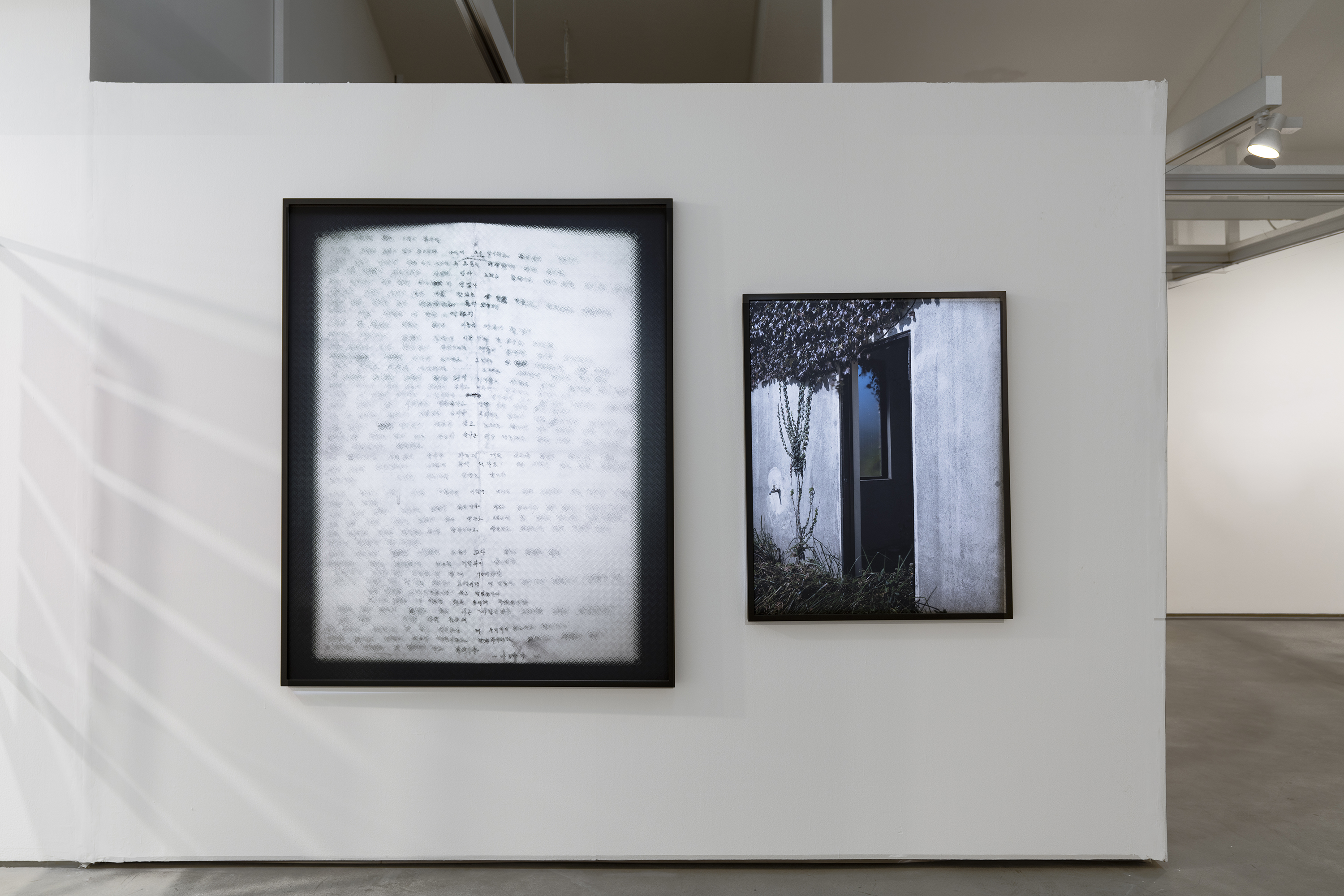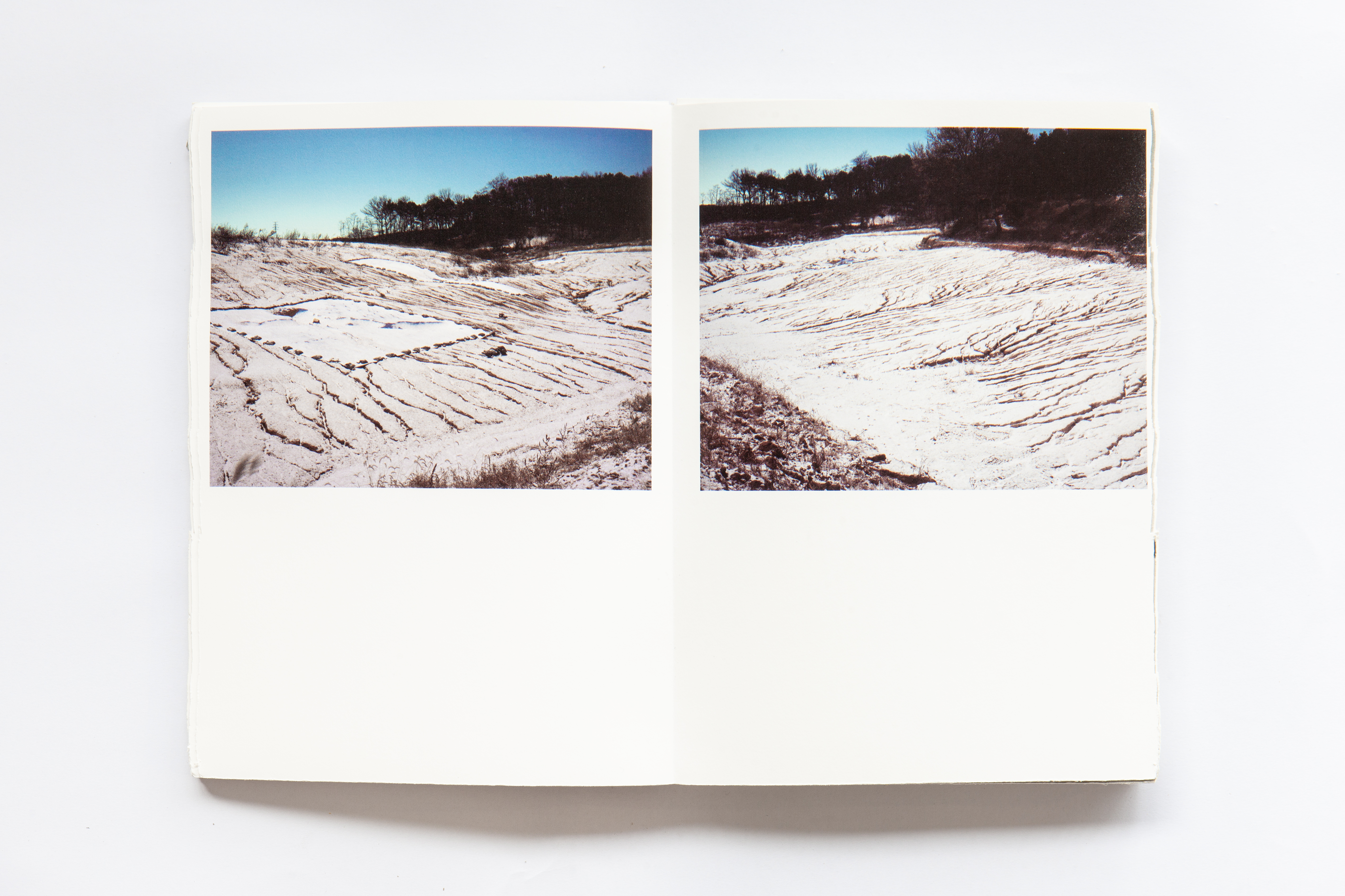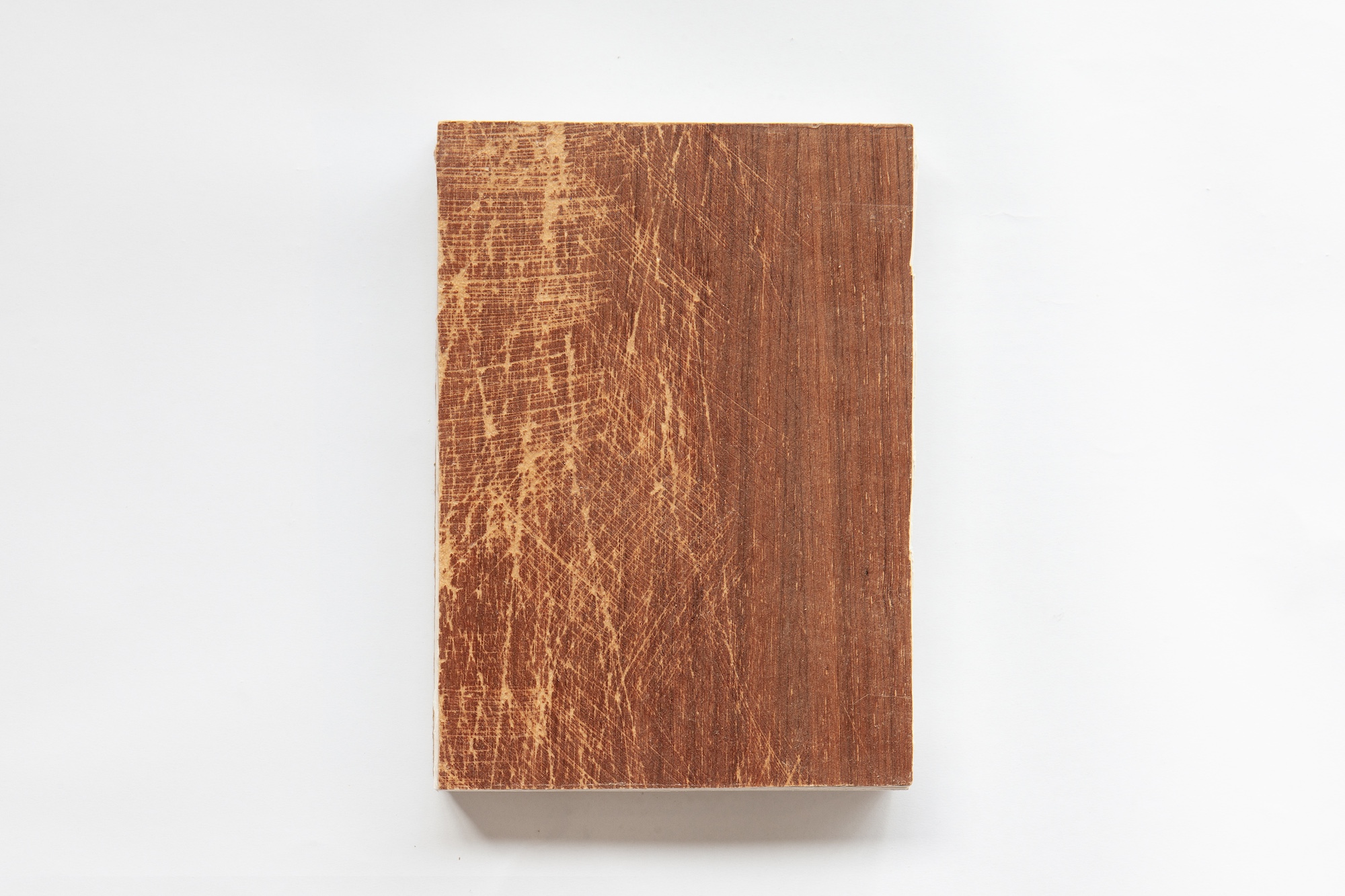Interview with Soen Lee (한국어로 보시려면 이곳을 클릭해주세요)
“As I gained more experiences meeting audiences,
I think my desire to create my own work grew stronger, and photography seemed to be the path that made it possible.”
I first learned about artist Soen Lee last year while searching for the SKOPF winner.
By chance, I had the opportunity to meet him and hear about his journey toward becoming an artist and his thoughts on the medium.
How many young people in Korean society think to themselves, “I want to become an artist”? While Korea has many great qualities, it’s clear that there is a social atmosphere that makes it challenging to express individuality. Even though it was his first encounter with the lesser-known publishing house Harbour Press, I saw a glimmer of hope in him as he brought a large box filled with his photography and explained each to me.
I hope that the sincere story he shared becomes a source of courage and encouragement for someone among the readers of this piece.
Sanghee Choi, Harbour Press
“As I gained more experiences meeting audiences,
I think my desire to create my own work grew stronger, and photography seemed to be the path that made it possible.”
I first learned about artist Soen Lee last year while searching for the SKOPF winner.
By chance, I had the opportunity to meet him and hear about his journey toward becoming an artist and his thoughts on the medium.
How many young people in Korean society think to themselves, “I want to become an artist”? While Korea has many great qualities, it’s clear that there is a social atmosphere that makes it challenging to express individuality. Even though it was his first encounter with the lesser-known publishing house Harbour Press, I saw a glimmer of hope in him as he brought a large box filled with his photography and explained each to me.
I hope that the sincere story he shared becomes a source of courage and encouragement for someone among the readers of this piece.
Sanghee Choi, Harbour Press
Can you introduce yourself briefly?
I’m Soen Lee, an artist who travels back and forth from Seoul and Jeju. I primarily work with photography and performance as my main art mediums.


Could you share how you felt when you were selected as the final photographer for the 14th KT&G SKOPF, as well as your impressions while preparing for and participating in the exhibition?
I applied for SKOPF just as I was moving to Jeju, last spring. At the time, I was quite worried because I had hardly been active before that. It felt like deciding to move to Jeju might bring my artistic career to an end before it even began. Moving to Jeju meant I’d need to work for a living, and I was concerned about how different the environment would be compared to Seoul. With those worries in mind, I applied to various open submissions contests. Being selected was a huge relief—it felt like I could officially begin my career as an artist. That sense of relief and gratitude was very strong for me.



© 고은 사진 미술관
How did you begin your path in the arts?
When I was young, because I grew up in the countryside, I didn’t have many opportunities to encounter art. I even thought about pursuing literature instead. But then, I had the chance to travel to Europe with some friends, and, as you know, many tourist spots abroad are often art museums. Visiting those museums, I was exposed to Impressionism and, for the first time, contemporary art. It sparked my curiosity. When I returned to Korea, I started visiting art museums in Seoul, and my interest in art began to grow. At that time, I thought I wanted to live closer to art—not necessarily as an artist, but perhaps as a designer who works in an art-related field. I was just curious about what art really is and wanted to explore it further. That’s what led me to enroll in an art college.
While taking my college courses, I found myself naturally drawn - even though I majored in design - whenever opportunities arose to create experimental work — like performance pieces for school assignments. Those experiences of engaging with an audience gradually fueled my desire to pursue this type of work more seriously. Eventually, the medium that I discovered that allowed me to make this possible was photography.
At this moment, are you satisfied with life as an artist?
Yes, I’m living with a sense of satisfaction.I often think that choosing to pursue my work was the right decision. It’s not necessarily because I’m now recognized as an artist or have established myself in this field. Even before reaching this point, I’ve always believed that deciding to continue creating was a good choice.
Of course, I do sometimes wonder how long I’ll be able to keep doing this. But despite those thoughts, I still feel that creating work was - while I wouldn’t say I’m fully satisfied, I definitely think it was worth it.







The emotions felt through exhibitions and artbooks differ - as someone who's done both, can you share your thoughts on your preference?
I think I personally found the experience of creating a book more rewarding. From a practical standpoint, exhibitions are often constrained by the limitations of the space and budget available. You have to work within those boundaries,and those limitations inevitably exist. And there are always expectations or a specific tone and manner you need to align with, depending on how the exhibition is presented.In contrast, with books—of course there are books that you make collaboratively, but with the one I showed you, because I created independently, it was entirely my decisions and choices that shaped the final product. I believe that allowed me to produce something that truly aligned with my vision and the essence of my work. While exhibitions offer the unique opportunity to see how individual photos gain strength and presence within a physical space, when considering the entire series as a whole, I felt that books provided me with far more freedom to make decisions and experiment with ideas.
Exhibitions, compared to the budget and time used, are experienced for a short time, they occupy a physical space temporarily and then disappear. Books, however, are almost permanent—they can occupy a space with someone indefinitely. That’s why I see books as a very important medium for presenting my work.



Do you think the narrative of 'Drift Bottle' has come to an end for you?
I think the 'Drift Bottle' project was less about me fully controlling the direction of the work and more about responding to the circumstances around me. Moving to Jeju, for example, changed the background, and similarly, when the father searching for his missing child passed away, I had to adapt to those situations as well. I felt it was right for me to adapt and move to those moving parts.Having worked on this project from 2019, for almost 5 or 6 years, alongside the banners for missing persons, I felt the need to properly organize that time and those experiences.
Also, when I was preparing the work and exhibition, I was often asked if I met with the father of the missing person, and I kept a certain distance with the father because I wanted to preserve the fantasy I had around him and his search. Until I felt the work was complete, I intentionally avoided meeting him. At some point, though, I wanted to convey the message that there was someone who had responded to his actions, even if it wasn’t meeting him directly.
Now, due to the inability to directly communicate or reenact certain moments, the work seems to always begin with that sense of unreachability. In that sense, even though direct communication wasn’t possible, I’ve reached a point where I can finally wrap the project in a way that conveys the message I wanted to send.
Was there a specific reason or turning point that led you to expand from photography into mediums like video or performance?
I don’t really feel that my work expanded in the sense of venturing into new areas; rather, I think I was just doing a bit of everything, and at some point, I became a photographer. Before I was selected for SKOPF, I didn’t really have any conscious identity as a photographer—though I do feel a little more of it now. Back then, I didn’t see myself as a photographer.That’s why I felt that my performance art was more related to my personal growth, and focused on that, while my photography work concentrated on themes related to my family history. So, I approached both mediums as separate forms of expression.
But as I mentioned earlier, with opportunities like submission contests, I started to be recognized as a photographer by other people. Moving forward, I’m not sure how my work will evolve, but I don’t think I need to limit myself to just one medium. I’ve always worked with time-based media like performance and video, and those mediums allowed me to explore certain ideas, so I believe I will continue to reflect deeply as I develop my art.
I prefer to identify myself as a visual artist. However, my performance and video works still don’t have the level of completion needed to present as finished projects, so I view them more as attempts at exploration. To truly develop them into works that can connect with an audience, I think it will take more time and practice.



What medium of art do you enjoy the most?
Recently, I’ve been reflecting on something. Especially for those of us who work in photography, I feel that they tend to be quite sensitive to visual stimuli, but for me, I think I’m actually more sensitive to linguistic stimuli. I’ve realized this lately.I originally wanted to write—something I dreamed of doing up until high school. When working on projects, often the writing comes first. I also keep a lot of notes, and back in middle school, during puberty, I read a lot of novels. I think that’s when I developed a certain sensitivity as a artist.
So now, I’m thinking about how to incorporate language within my visual art practice.
How can I combine photography and text?
Even if it’s not in the form of a book, how can I integrate language into an exhibition structure?
These are the kinds of questions I’m grappling with.
When I had my solo exhibition at SKOPF last summer, I really struggled with how much language should be incorporated into the work—how to do it in a way that wasn’t too overwhelming. That was something I really thought about.
Lately, I’ve also been thinking about writing a book. Not necessarily a novel, poem, or essay, without fitting into a specific literary category, but something that’s purely linguistic. Not a photobook. I want to write a book. It’s a vague thought, but it’s something I’ve been considering.
Are there any topics that you've found interest in lately?
Honestly, there are a lot of things on my mind. Recently, I’ve been focusing more on the forms I chose to address themes like family history and the suffering of others. I’ve been thinking a lot about things like nighttime, absence, boundaries, and impossibilities.
There were very specific events and situations that I chose to address in my work, and now I’m focusing more on the backgrounds that I used to frame those narratives. What were those elements? What role did they play? How can I further explore them? I’ve been reflecting deeply on these questions.
Now that I’m physically closer to my family, it’s become emotionally challenging to revisit these personal stories with them. The work I created was born out of a time when I was distanced from my family, so presenting it again after reconnecting with them felt really awkward. It was as if there was a strange time lag—it was time that had passed, and I had to revisit that moment from a different perspective, and I had to re-enter it to create the exhibition.
Ultimately, I think I need to follow my instincts in my work. Right now, I want to focus more on the formal aspects of my practice. When the right time comes, I think I’ll be able to revisit my family history and reflect on what it has left me with. I expect that will lead me to deeper insights in the future.
Do you have any goals as an artist?
My goal, of course, is to continue making my own art works.
The first priority is to keep creating without overexerting myself.
I want to be someone who can make a positive impact on the art scene as an artist.
I also want to be someone who doesn’t limit himself, who sees a lot and can speak well about what I see. I realized how important this was when I was studying—being able to articulate well about the work you see is really crucial.

Self-Portrait of the artist